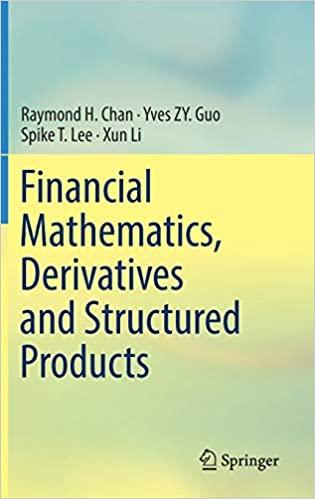1. Suppose a MLB franchise increases its ticket prices from $20 to $25 and average attendance per game drops from 50,000 to 40.000. a) Calculate the price elasticity of demand. b) If the franchise owner wants to maximize gate revenue what further adjustment should be made to ticket prices? 2. Draw graphs that show, and explain the relationship between a downward sloping demand curve and a team's total revenues. a) If demand is elastic will total revenue rise or fall when ticket prices are raised? b) Identify where elasticity changes from elastic to inelastic on the total revenue curve. At this point marginal revenue equals? - What happens to the total revenue curve if demand increases? Draw this result on both graphs. 3. Consider the market for Florida State University football tickets to home games played in the 82.000 seat Doak Campbell Stadium in 2008. The standard adult general admission price for home-games is $45. The ticket price for the games against UAB and ACC doormat Duke is $35. Assume all prices are set to maximize gate revenue a) Draw graphs that show the demand-supply and total revenue curves for the standard games, make sure to completely label each graph and show the equilibrium price and total revenue amounts. b) Show on your graphs the shift in the demand and total revenue curves for the lower priced games, again make sure the graphs are completely labeled. c) Consider the price and total revenue changes. What must be true about the elasticity of demand at the price $35 for the higher priced games? 4. Besides ticket prices, explain the other rationing devices that exist for tickets to professional sport events. 5. Why do researchers typically find that sports clubs price tickets in the zone where demand is inelastic? 5. Why do researchers typically find that sports clubs price tickets in the zone where demand is inelastic? 6. Define price discrimination in sporty ticket sales. Why do students pay a lower ticket price than the public for most college football and basketball games? 7. PSLs (donor seating) reserves the rights to purchase a particular seat for a lump sum payment in addition to the ticket price. Is this price discrimination? Explain











